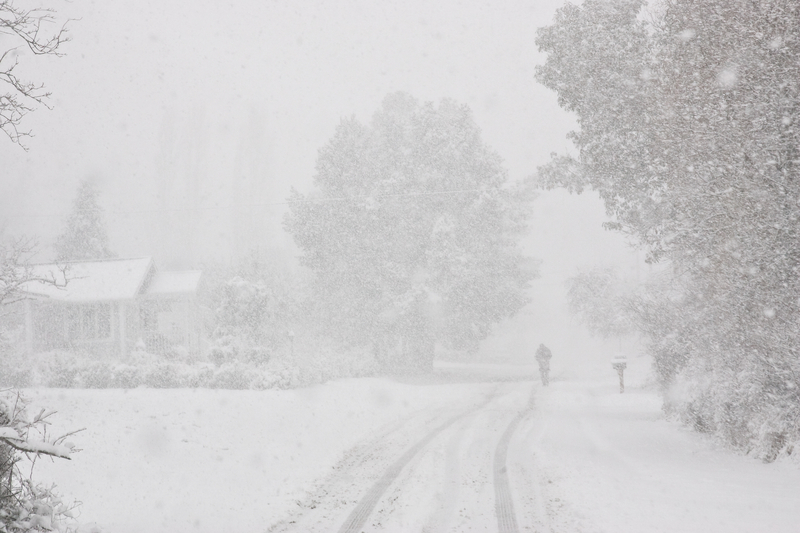TRENTON, NJ – Is the big one coming this weekend? At this point nobody knows for sure, but what we do know is that snow and New Jersey go together like pork roll, egg, and cheese on a hard roll. While we’ve been spared large storms in recent years, five storms remain unforgettable due to their impact on the Garden State.
As we reflect on a century of weather history in New Jersey, the state has witnessed some of the most severe snowstorms in its recorded history from 1924 to 2024. These storms have not only marked themselves in the annals of meteorology but also deeply impacted the lives and landscapes of New Jersey residents.
The Blizzard of 1947 (December 26-27, 1947): Often regarded as one of the most infamous snowstorms, this blizzard blanketed the state with over 26 inches of snow. The suddenness and intensity of the snowfall created unprecedented disruptions, halting transportation and causing significant economic impacts.
The Great Appalachian Storm (November 24-25, 1950): This storm brought a unique combination of heavy snow, winds, and frigid temperatures. Northern parts of New Jersey experienced up to 30 inches of snow, leading to massive power outages and transportation paralysis.
The Blizzard of 1996 (January 6-8, 1996): This major nor’easter dumped over 27 inches of snow in some areas of New Jersey. It was marked by its prolonged duration and was responsible for widespread closures of schools and businesses.
The February 2006 Blizzard (February 11-12, 2006): This blizzard was notable for its heavy snowfall rates, with totals reaching up to 28 inches in parts of the state. It caused extensive flight cancellations and was linked to several fatalities.
Winter Storm Jonas (January 22-24, 2016): Known as ‘Snowzilla,’ this blizzard brought parts of New Jersey to a standstill with snow accumulation exceeding 30 inches in some areas. It was also noted for significant coastal flooding and damaging winds.
These historic snowstorms have not only tested the resilience of New Jersey’s infrastructure and emergency response systems but also brought communities together in times of need. They serve as stark reminders of the power of nature and the importance of preparedness in the face of extreme weather events.

